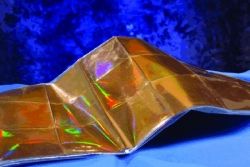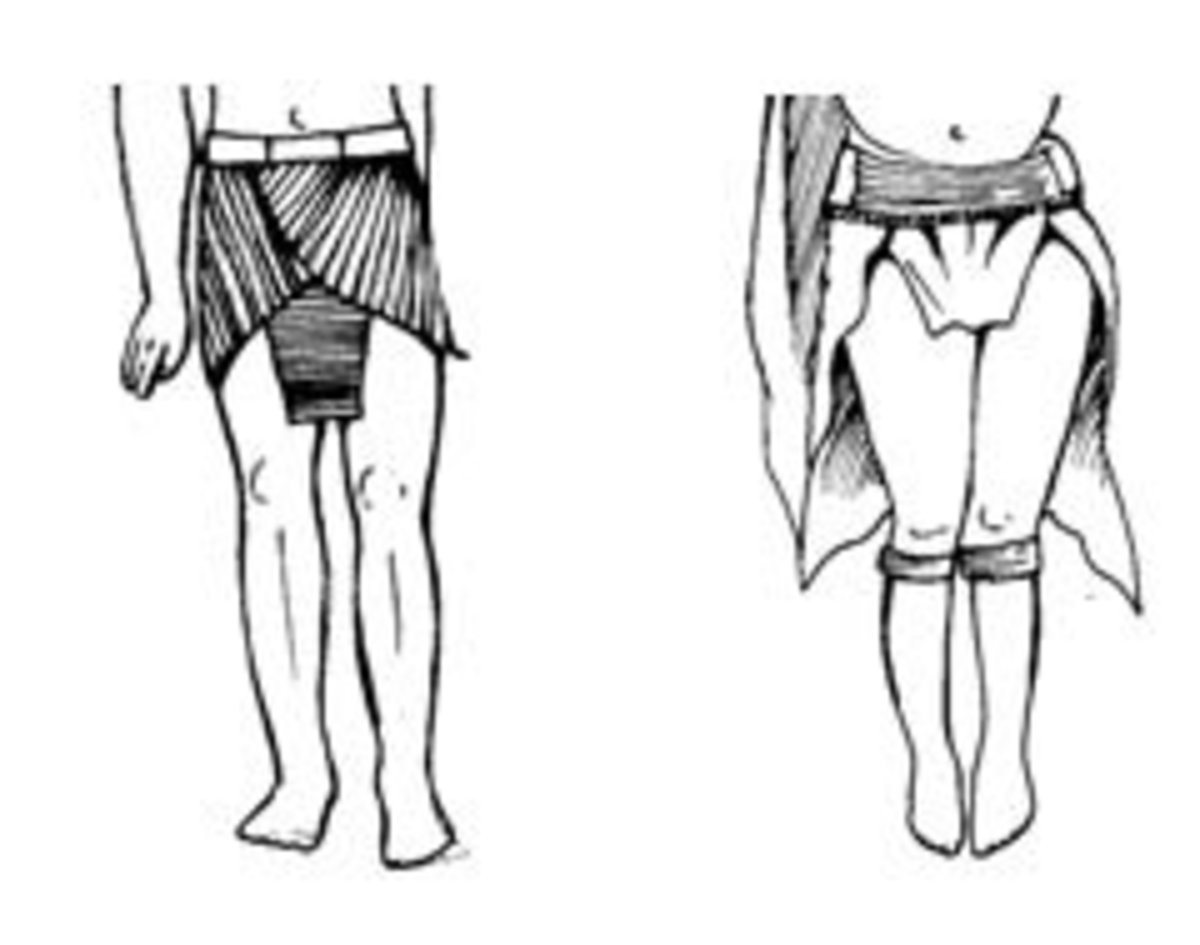A more efficient way of harvesting energy from the sun: The Solar Nantenna

For decades, solar panels have been used in calculators, on houses, on robots and even in some watches. Solar panels on houses help to reduce dependence on energy from the grid which often comes from non renewable sources. There are some drawbacks to solar panels. The average residential solar panel is 15% to 20% efficient at converting sunlight to electricity, not including losses incurred when converting from DC to AC in order to meet a houses energy needs. Enter the solar nantenna, which is estimated to be about 90% efficient. In addition, it is designed to work in the infrared spectrum, which means that it could still harvest energy at night time. While the solar nantenna may have a ways to go and is not currently viable for consumer applications, it has quite a bit of promise. There are many challenges that need to be worked out, potential applications that could exist, and opportunities that could be created. First, it is important to give a description of the technology.
The Technology
The solar nantenna is an array of nanoscopic antennas that receive energy in the infrared range of the electromagnetic spectrum. This technology was developed at the Idaho National Laboratory of the U.S. Department of Energy. It has been proposed that the antennas could be etched onto polyethylene, which is the material that garbage bags are made of, using a roll to roll manufacturing process. The manufacturing of this technology could involve the use of Electron Beam Lithography (EBL), X-Ray Lithography and/or other ultra high resolution fabrication techniques which are in general, very slow and expensive. There are challenges associated with making this technology viable for use.
The Challenges
One of the main challenges with making the solar nantenna viable is that a rectifier must be developed that works at the frequencies in the infrared range (infrared light is in the range of 300 GHz to 430 Thz) and converts the energy to a frequency of 60 Hz, which is what the electric power supply in the U.S. operates at. Whether electricity from the antennas goes directly to one big rectifier or rectifiers are fabricated at the nanoscale has yet to be worked out. The other challenge is manufacturing the antenna in a quick and cost effective fashion. Electron Beam Lithography and other ultra high resolution fabrication methods are very slow, costly and are usually only used in very specialized laboratory settings. In due time, these challenges may be overcome and some potential applications may be realized.
Potential Applications
For residential applications, solar nantennas could substantially lower electric bills by supplying much more energy than traditional solar panels. In automotive applications, it could make the electric vehicle a more viable option and reduce dependence on non renewable sources. Another application that could be equipping consumer devices such as laptops and cell phones with this new means of harvesting energy. Just imagine a cell phone charging while in a pocket, from the infrared energy that is given off by ones body. A cell phone and other devices could run for a very long time. This creates many potential opportunities.
Potential Opportunities
With our dependence on fossil fuels, the solar nantenna could reduce our need to import much of our fuels from volatile regions of the world. This could also reduce our need to burn fuels in order to produce energy, which could cut down on greenhouse gas emissions. With new manufacturing operations, new jobs could be created and communities that once had large industry could be revitalized. With virtually limitless power, houses could power the grid and surplus energy could go to major projects run by the government, the private sector and the academic community.
Conclusion
In conclusion, solar nantenna technology holds much promise. The people who have worked on this deserve much credit for their awesome efforts. I hope that someday we could all buy a laptop and a cell phone, among other things that incorporate this invention. As a game changer, this could be a very important disruptive technology. In time, the challenges associated with bringing this new technology into the mainstream could be resolved and we could see this in use in the not too distant future.
References
- Solar Nantenna Electromagnetic Collectors
Original Idaho National Lab Research Paper - New solar product captures up to 95 percent of light energy
Article from PHYS ORG - Solar Power
Wikipedia Article on Solar Power









